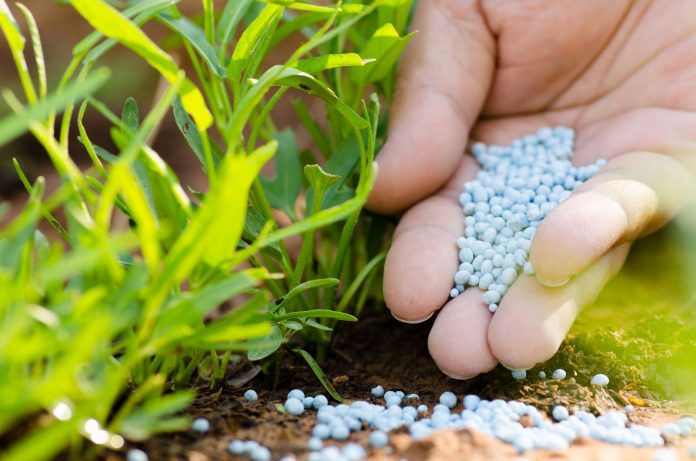Significant delay in subsidy disbursement of Rs 20 billion has pushed fertilizer makers financial cost over 23 per cent following costly short-term borrowing to cope with their working capital needs, industry sources revealed.
Industry sources told Pakistan Today that financial burden has been increased which may slash their earnings by 33 per cent against last year.
They said the third quarter trend of June-July reversed with highest ever sales recorded in August where dealers loaded stocks taking advantage of heavy price discounts offered across the board during off-season. Additionally, they said along with higher exports led to easing inventory situation where the stock dropped to its lowest level of the year.
Multiple factors affected demand including heavy discounts, reduction in urea subsidy, change in subsidy mechanism for other fertilizers, and seasonal demand; while oversupply condition eased off owing the increase in crude oil prices making urea production on LNG infeasible along with 130 mmcfd gas diversion to retail segment.
They said that the fertilizer industry had been facing numerous cash-flow challenges, created by more than Rs 20 billion outstanding subsidies. They said they kept the urea prices down and had been absorbing Rs 106 per bag to keep the prices low, although, the government has promised to pay Rs 100 per bag as subsidy.
They indicated that an amicable solution of this subsidy crisis awaited and the concerned officials must take personal interest in this matter, to ensure that the benefit of this subsidy continues to reach the farmers, and the supply of urea in the market remains uninterrupted. ‘The Ministry of Finance, FBR, State Bank and the MNFS&R are expected to accelerate their efforts to reduce this financial pressure and simplify the procedural complexities in the subsidy scheme’, they added.
They said that Punjab government announcement of end-consumer subsidy of DAP Rs 150 per bag for Rabi season effectively unlocked room for a price increase where a Rs 60-110 per bag increase has already been implemented since October where prevailing DAP prices range between Ps 2,570 to 2,620 per bag.
Likewise, they said, 26 per cent recovery observed in international urea prices is likely to sustain in near-term thereby opening doors for growth in exports.
Significant growth in urea off take came in a low demand period of August, which marked the end of Kharif sowing season, where DAP demand supersedes urea demand. However they said that August off take reflected a different case. Decline in manufacturer’s inventory merely meant piling up of inventory at dealers’ end which led to lower than expected demand during off season.
Heavy rains during August also lend piling up in dealers’ inventory as it had not an ideal time to apply fertilizer to the crops. Higher dealer attributable to reduced prices to the tune of Rs 50-80 per bag by the dominant players bringing the price range down to Ps 1,200 – 1,280 compared to price range of Rs 1,200 – 1,330. They said that high off take and draw-down in inventory had allowed fertilizer players to recently restore prices back at May levels.
Talking about the recovery in international urea prices, they said that made room for manufacturers to export urea at lower margins. Resultantly, August witnessed 57 per cent growth in exports to 110 thousand tons. Industry exported 289 thousand tons in six months as against the allocated quota of 600 k-tons with a deadline of October.




